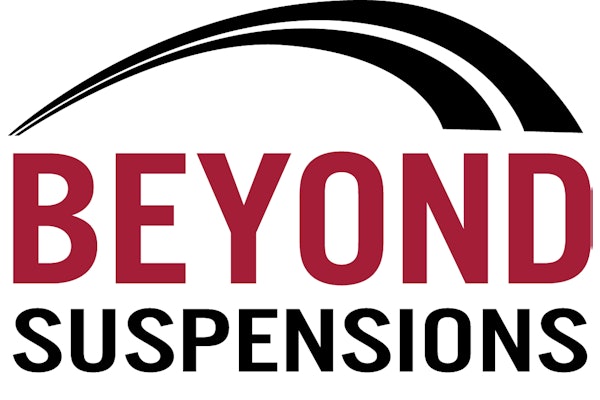This month marks 40 years since Bud Reese and Jim Moss joined together to form the Council of Fleet Specialists.
That event was a watershed because it was the first formal acknowledgment of the unique business problems and opportunities shared by independents in the heavy-duty field. It marked the early signs of organization within the market, as well as a clean separation from distributors handling parts for automotive and light vehicles.
The ensuing four decades have been a wild ride indeed, with fleet specialists navigating:
- 20+% interest rates in the ’70s;
- Arrival of groups in the ’80s;
- Distributor rollups in the ’90s;
- Supplier turmoil since 2001.
Throw in a liberal dose of OEM dealer challenges, customer consolidations and new technology. Add an acute technician shortage and ongoing government intervention. One really could question whether we’ll ever make it to 50.
We will, but not without navigating some treacherous crosscurrents, especially in the next two to three years. Our customers also face interesting times, including:
- The continuing encroachment of European-style vertical integration of components, and the possible attendant rise in proprietary parts and decrease in spec.
- Relentless tightening of emissions and safety standards that even the remarkable progress in the past couple of years will not satisfy a Democrat-dominated Washington bureaucracy.
- Constantly changing hours of service and CDL regulations complicating driver retention and equipment scheduling and purchasing.
- Chaotic fuel cost patterns, alternative fuels and the next rounds of “EPA help.”
I believe that between now and 2010, we as an industry will have to get our collective arms around some intriguing distribution issues, most of which have not yet appeared on the radar as prominently as they soon will.
These include the following items.
Private Labels: The increased role of house brands by group members will directly affect the support relationship between traditional suppliers and distributors. Further division of stagnant demand will call for new rules.
Extended supply chains: China, India and Turkey are great additions to the high tech manufacturing capacity of most major suppliers. It will be interesting to see how flexible these extended chains are when business spikes. Also, what effect will a major re-evaluation of China’s currency have?
Selling of service: Long predicted as the salvation of distributor profitability, fee-for-service has been slow to make significant inroads. We need this to catch fire soon.
Return of rebuilt: Longer component life cycles dictate splintered replacement demand and make new over rebuilt a tougher call. Economic forces including the green aspects and unpredictable costs of copper, aluminum and zinc also bode well for a rebuilding resurgence.
Torrent of technology: New products and systems will be more complex than the traditional products they replace. Distributors will have to climb the training curve, especially in areas such as vehicle and driver monitoring, fuel handling, electrical systems, filtration/exhaust particulate control and vehicle stability.
Shift to pull marketing of new technology: Everything published on the future of industrial sales technique agrees that new product will be sold utilizing the Internet to do most of the pre-order informing and offering. Where will the role of smaller supplier sales forces end up?
Independents will cross these new hurdles, but I bet that there will be an unprecedented attrition rate at the same time. As many as one-fifth of the parts and service locations now operating could change owners or close by the end of 2010.
Consolidation and the influence of alternative types of financing will reshape the industry’s map. Additionally, look at the demographics of both owners and employees.
The next decade for this market will welcome visionary new approaches and increased sophistication in all aspects of operations. In general, distributor and service specialist profitability will increase, as will our industry’s visibility and ability to attract new talent.
The progress that we’ve experienced probably didn’t seem possible 40 years ago. Take a moment to imagine the excitement of the next five.







